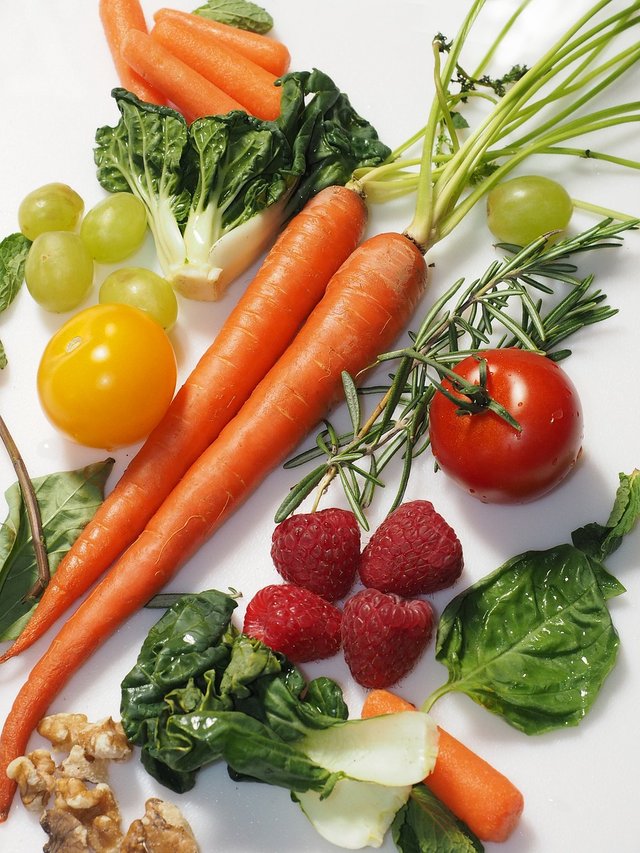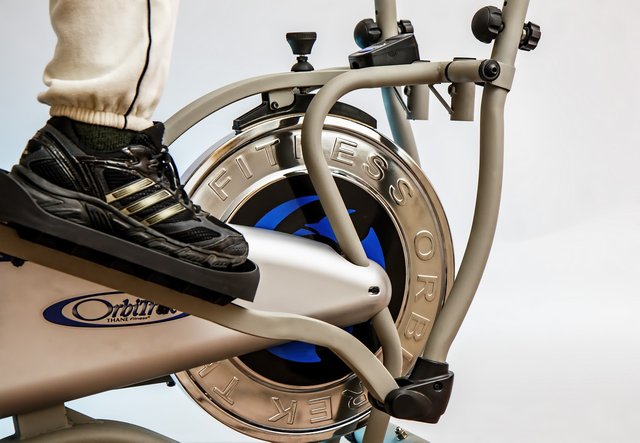5 best ways to reduce weight quickly
Some recent WHO global estimates follow:-
- In 2016, more than 1.9 billion adults aged 18 years and older were overweight. Of these over 650 million adults were obese.
- In 2016, 39% of adults aged 18 years and over (39% of men and 40% of women) were overweight.
- Overall, about 13% of the world’s adult population (11% of men and 15% of women) were obese in 2016.
- The worldwide prevalence of obesity nearly tripled between 1975 and 2016.
In 2019, an estimated 38.2 million children under the age of 5 years were overweight or obese. Once considered a high-income country problem, overweight and obesity are now on the rise in low- and middle-income countries, particularly in urban settings. In Africa, the number of overweight children under 5 has increased by nearly 24% percent since 2000. Almost half of the children under 5 who were overweight or obese in 2019 lived in Asia.

Over 340 million children and adolescents aged 5-19 were overweight or obese in 2016.The prevalence of overweight and obesity among children and adolescents aged 5-19 has risen dramatically from just 4% in 1975 to just over 18% in 2016. The rise has occurred similarly among both boys and girls: in 2016 18% of girls and 19% of boys were overweight.
While just under 1% of children and adolescents aged 5-19 were obese in 1975, more 124 million children and adolescents (6% of girls and 8% of boys) were obese in 2016.
Overweight and obesity are linked to more deaths worldwide than underweight. Globally there are more people who are obese than underweight – this occurs in every region except parts of sub-Saharan Africa and Asia.
In this article, I will provide 5 tips for weight control :-
• Eat varied, colorful, nutritionally dense foods
Healthful meals and snacks should form the foundation of the human diet. A simple way to create a meal plan is to make sure that each meal consists of 50 percent fruit and vegetables, 25 percent whole grains, and 25 percent protein. Total fiber intake should be 25–30 grams (g) daily.
Eliminate trans fats from the diet, and minimize the intake of saturated fats, which has a strong link with the incidence of coronary heart disease.
Instead, people can consume monounsaturated fatty acids (MUFA) or polyunsaturated fatty acids (PUFA), which are types of unsaturated fat.
The following foods are healthful and often rich in nutrients:
fresh fruits and vegetables
fish
legumes
nuts
seeds
whole grains, such as brown rice and oatmeal

Foods to avoid eating include:
foods with added oils, butter, and sugar
fatty red or processed meats
baked goods
bagels
white bread
processed foods
In some cases, removing certain foods from the diet might cause a person to become deficient in some necessary vitamins and minerals. A nutritionist, dietitian, or another healthcare professional can advise a person how to get enough nutrients while they are following a weight loss program.
• Keep a food and weight diary
Self-monitoring is a critical factor in successfully losing weight. People can use a paper diary, mobile app, or dedicated website to record every item of food that they consume each day. They can also measure their progress by recording their weight on a weekly basis.
Those who can track their success in small increments and identify physical changes are much more likely to stick to a weight loss regimen.
People can also keep track of their body mass index (BMI) using a BMI calculator.
• Engage in regular physical activity and exercise
Regular exercise is vital for both physical and mental health. Increasing the frequency of physical activity in a disciplined and purposeful way is often crucial for successful weight loss.
One hour of moderate-intensity activity per day, such as brisk walking, is ideal. If one hour per day is not possible, the Mayo Clinic suggests that a person should aim for a minimum of 150 minutes every week.
People who are not usually physically active should slowly increase the amount of exercise that they do and gradually increase its intensity. This approach is the most sustainable way to ensure that regular exercise becomes a part of their lifestyle.
In the same way that recording meals can psychologically help with weight loss, people may also benefit from keeping track of their physical activity. Many free mobile apps are available that track a person’s calorie balance after they log their food intake and exercise.
If the thought of a full workout seems intimidating to someone who is new to exercise, they can begin by doing the following activities to increase their exercise levels:
taking the stairs
raking leaves
walking a dog
gardening
dancing
playing outdoor games
parking farther away from a building entrance
Individuals who have a low risk of coronary heart disease are unlikely to require medical assessment ahead of starting an exercise regimen.
However, prior medical evaluation may be advisable for some people, including those with diabetes. Anyone who is unsure about safe levels of exercise should speak to a healthcare professional.
• Eliminate liquid calories
It is possible to consume hundreds of calories a day by drinking sugar-sweetened soda, tea, juice, or alcohol. These are known as “empty calories” because they provide extra energy content without offering any nutritional benefits.
Unless a person is consuming a smoothie to replace a meal, they should aim to stick to water or unsweetened tea and coffee. Adding a splash of fresh lemon or orange to water can provide flavor.
Avoid mistaking dehydration for hunger. An individual can often satisfy feelings of hunger between scheduled meal times with a drink of water.
• Measure servings and control portions
Eating too much of any food, even low-calorie vegetables, can result in weight gain.
Therefore, people should avoid estimating a serving size or eating food directly from the packet. It is better to use measuring cups and serving size guides. Guessing leads to overestimating and the likelihood of eating a larger-than-necessary portion.
The following size comparisons can be useful for monitoring food intake when dining out:
quarter of a cup is a golf ball
one-half of a cup is a tennis ball
1 cup is a baseball
1 ounce (oz) of nuts is a loose handful
1 teaspoon is 1 playing die
1 tablespoon is a thumb tip
3 oz of meat is a deck of cards
1 slice is a DVD
These sizes are not exact, but they can help a person moderate their food intake when the correct tools are not available.
Maintaining weight loss involves a commitment to a healthful lifestyle, from which there is no “vacation.” Although people should feel free to enjoy a special meal out, a birthday celebration, or a joyful holiday feast without feeling guilty, they should try not to stray too far from the path of healthful eating and frequent physical activity.
Those who do may find that they lose focus. Gaining back lost weight is easier than losing it.
Achieving and maintaining weight loss is possible when people adopt lifestyle changes in the long term.
Regardless of any specific methods that help a person lose weight, individuals who are conscious of how and what they eat and engage in daily physical activity or regular exercise will be successful both in losing and keeping off excess weight.
[ Here’s a top rated health products for you, if you are interested then just check-out this links- 1) https://bit.ly/46mEwml
2) https://bit.ly/478niu0 ]
